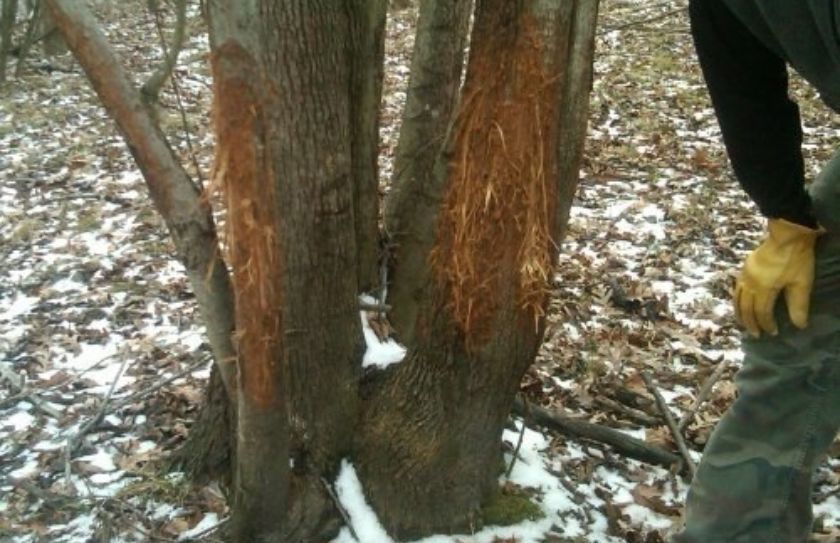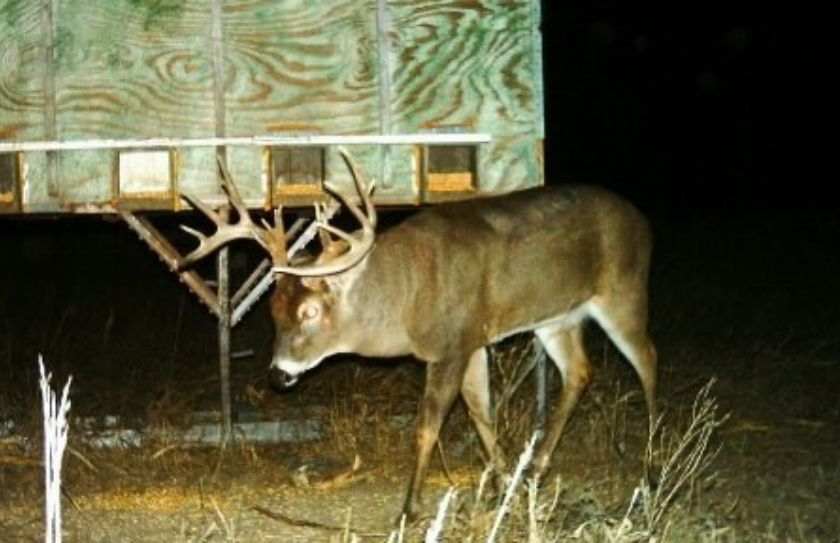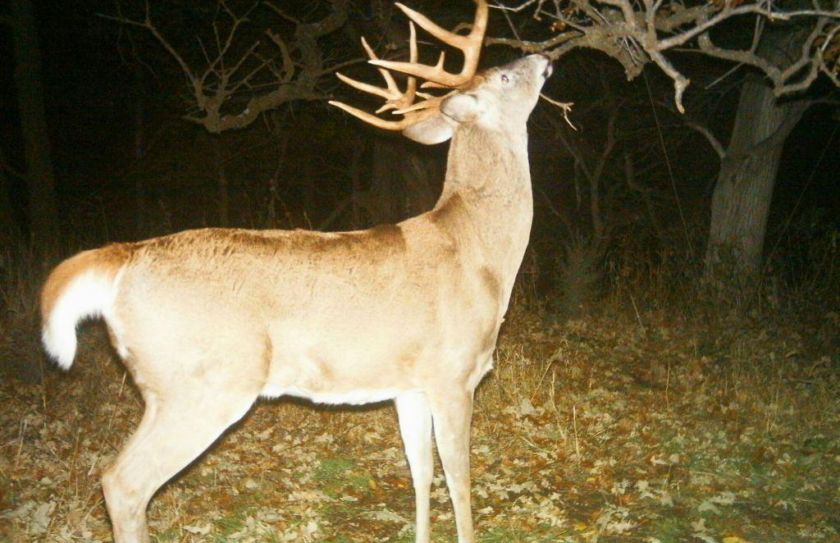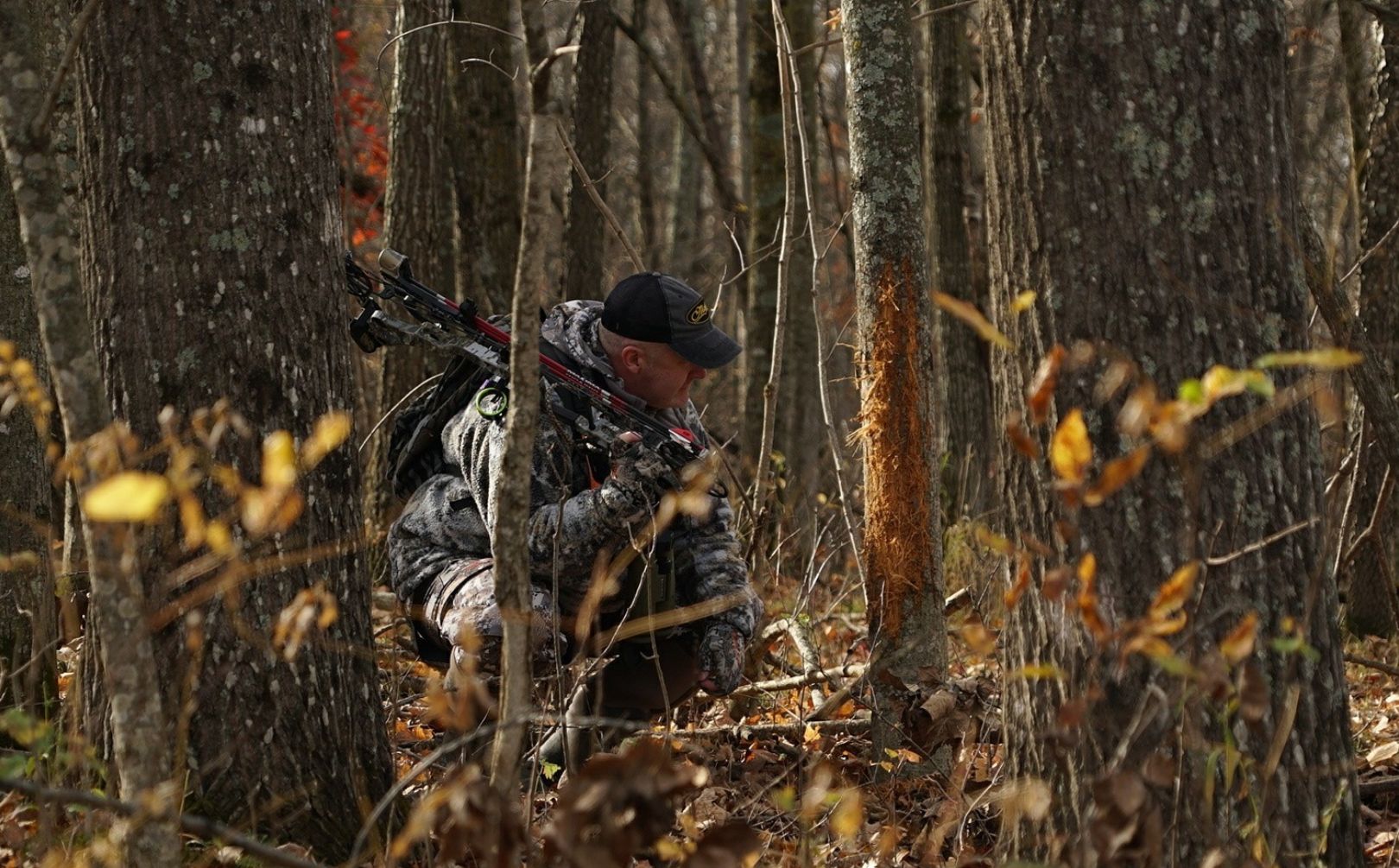
They are an awesome site and depending on where you hunt, they could be very rare. Each and every one spins a tale, but at the same time not every giant buck rub reveals the same story. From random power displays to pieces of a highly defined puzzle, the shredded bark of your scouting discovery clues, need to be interpreted, so that you can learn to assign the appropriate level of priority.

*Don't forget to check out my trilogy of Advanced Whitetail Strategy books, including my latest book,"Mature Buck Success by Design".
There are a few basic details that you should look for, when examining a giant buck rub:
*Shavings under the leaves can be interpreted that the rub was created during the early season, most likely just after the buck's antlers turned hard in early September. Shavings on top of the leaves indicated a rub that was most likely made during the annual whitetail rut. Mid season buck rubs are the most important rubs that you can find, because they are at least 1 clue that the land you hunt, is within the Fall range of a monster, and not it's Summer range.
*The face of the rub is the portion of the tree that is rubbed clean, and often about the height of your knees. Deep gouges from brow tines are common in this area. However, deep gouges are not typically evident a foot or more, above the face. When deep tine grooves can be seen well above the face, this can either show you that a buck was extremely aggressive with the tines on his main beam or the tips of his main beam, or that the buck could have 1 or more abnormal points, in the form of "stickers or kickers".
*Probably my most favorite location of a giant buck rub to examine, is well above the face, and on the back side of the tree. Deep groves can indicated a high likelihood of various antler abnormalities on the main beam or points. Also, polished portions of the tree above and behined the face, can offer you an estimate for the overall spread of a buck's main frame.
*What do deep grooves and backside markings potentially reveal? Mature bucks. Most non-typical antler characteristics are revealed with age, in particular after a buck is finished growing into his full skeletal size, at the age of 3. When a buck turns 4 years old he is at his skeletal peak, and I have experienced in many locations that 4 year olds seem to be where antler abnormalities really take hold.
Do you think a mature buck doesn't talk? Well he sure does, and after the basics of rub examination are understood, it is time to unravel the 5 clues for what a particular mature buck is trying to tell you.
To make sure that your land is peaking at the right point during the season, make sure to check out, "The Shift of Fall Whitetail Habitat".
The Giant Buck Rub Language:
1) Random Shouts
-It is loud and proud, but what does it mean? Giant buck rubs that are not supported with additional, similar sign, could reveal either the random display of power from a youngster, or even a passing giant. Instead of getting wrapped up in the beauty and mystic of a rare shredding of a large diameter tree, take some time to ask "Why?" Why is the age strucure lacking on this land? Why did a mature buck pass through the land, but not stay? What do neighboring parcels offer, that this parcel does not?
2) Mysterious Whispers
-Sometimes buck sign is quietly, right in front of your face! This scenerio has happened to me before, what about you? I have discovered a rub from a giant buck in one corner of a parcel, only to dismiss it due to the fact that there was a lack of supporting sign. Then, the following year another rub of the same age and size was found in the center of the land, and finally a 3rd big rub was located on the opposite side of the land from the first. Although the true core habitat of mature buck wasn't discovered, a definite travel route of a mature buck was. The only problem? The mature buck route was discovered after the end of the 2nd hunting season, and only after additional sign was discovered to make the route more recognizable. A year of hunting a highly defined route on an aging monster was missed, and the only hope left was that the following year he would still be alive to be hunted.
3) Deceptive Tongues
-Are you being soothed by midnight promises? Giant buck rubs that follow food source and field edges, can be some of the most deceptive signs in the woods! A great way to prioritize your field edge findings, is to examine the adjacent quality of cover. Open, sparse grasslands or mature stands of hardwoods can be a sure sign that the big rubs you have found, have been created after dark. Why? Because if the rubs are not supported by adjacent cover, then you can't expect a buck to show up during the hours of daylight.
4) Dinner Table Ramblings
-One of the greatest collections of giant buck rubs that I have discovered, were combined into an area only 1 acre in size. The rubs were created within the only stand of white oaks I could find, on a Southwest facing bench in the middle of an expansive stretch of Ohio public land. It was obvious that at least one (and probably more) mature buck, was happily dining on the highly attractive acorns...5 to 6 weeks prior! By the time I hunted in early November the rubbing activity had ceased long before, and so had the buck movement. However, the lure of the shear collection of outstanding sign, was very hard to ignore. I have to admit that I still, blew at least and evening and morning sit in the location. I just couldn't resist! I have witnessed the same with bait piles, food plots, apple orchards and even ag fields. Although the talk around the dinner table can be very loud and continue for a while, the activity eventually stops when the food is finished. Make sure to show up at a meal time if you want use your hunting time wisely, when hunting a cluster of huge rubs within a food source.
5) A Detailed Speech
-A giant rub reveals the potential for an incredible hunting journey, when it is part of a well written speech of mature buck intentions. I pay particular attention to a giant buck rub when it is located within heavy cover, it well supported with additional sign and when it offers a reasonable explanation for the timing of its creation. When the entire package is written, it will include a reasonable assumption that a mature buck wasn't just within a random loop of infrequent wanderings, but instead was moving with a purpose within his core, daylight Fall habitat. Maybe the land you hunt is large enough to encompass a large portion of a particular mature buck's movement, within his daytime bedding area, afternoon food source and night time socialization activities. Maybe the land you hunt is within the pass-thru of his afternoon movement, or even his rut cruising activities. However, when a giant rub really sticks out, is when you can safely guesstimate why he was there, where he was coming from, where he is going to, how often he is there, and when he is most likely to be back.
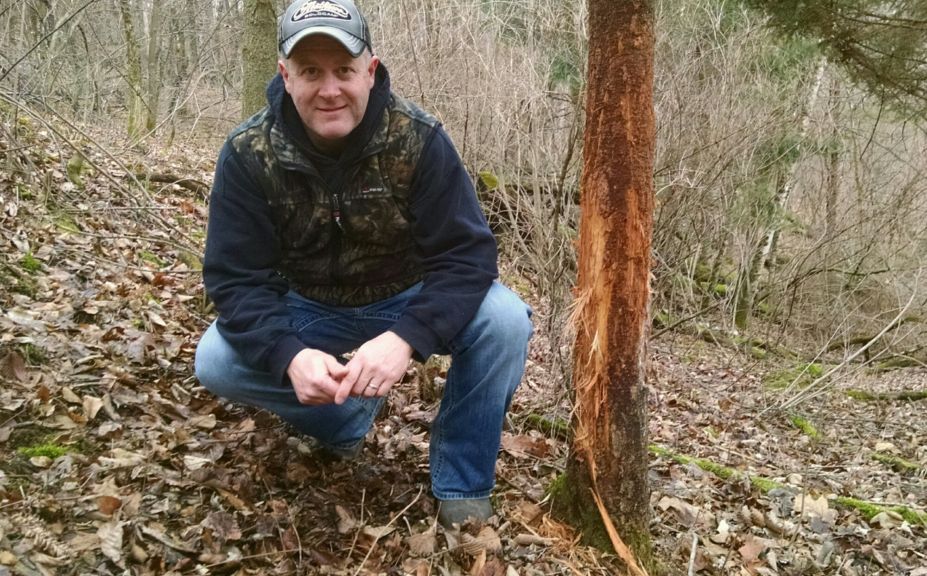
*Did you find a mature buck bedding area? Maybe, if it is one of the locations detailed in the article, "Top 10 Buck Bedding Hotspots".
Do you like a good mystery?
In the end the story that a mature buck reveals, is more of a mystery than a scientific resource manual. It takes experience, dedication and a lot of boot time to speficially unravel the complete novel that 1 giant buck rub is trying to say, let alone the entire collection of a mature buck's Autumn work. However the great part about a mature buck's rubbing activities, is that the more you learn and read, the more that you can determine the successful ending of the story.
